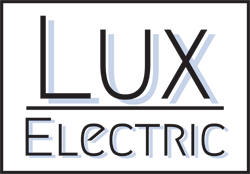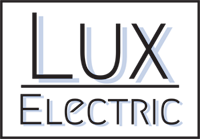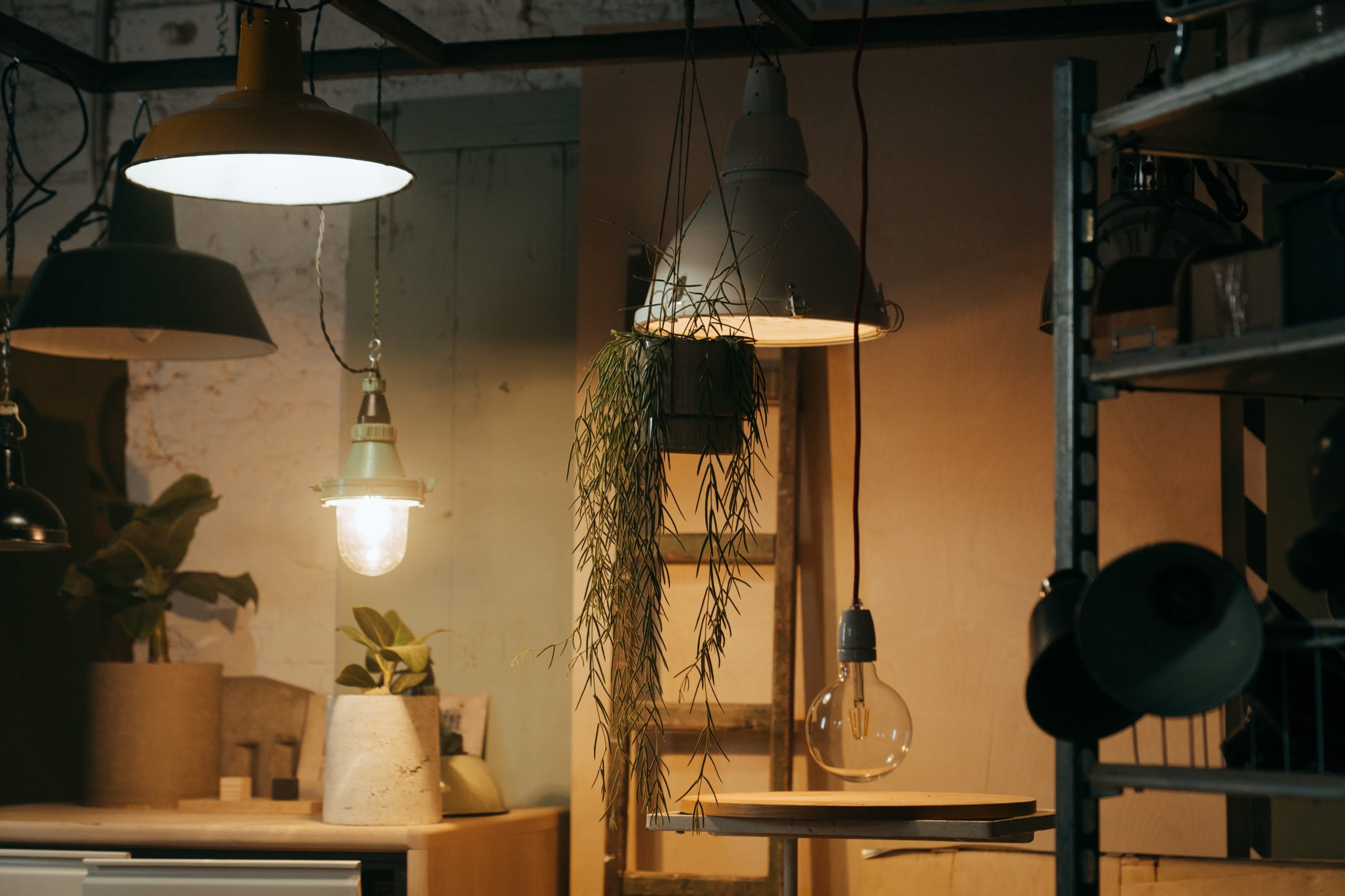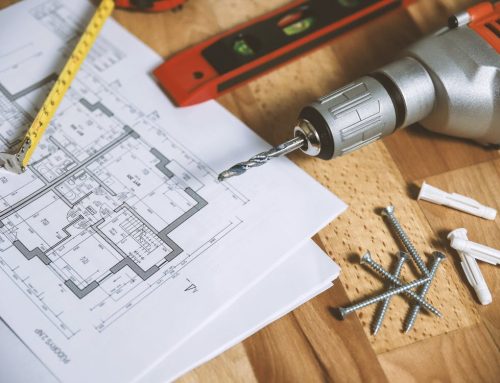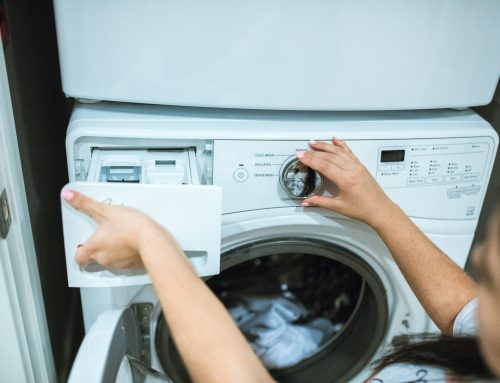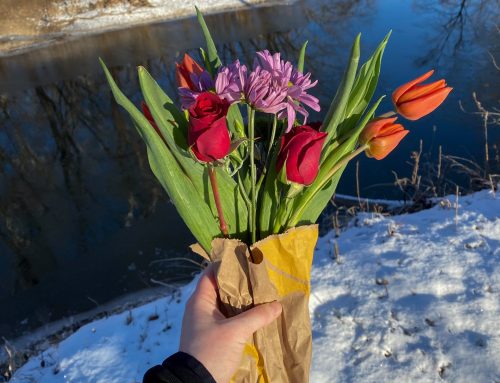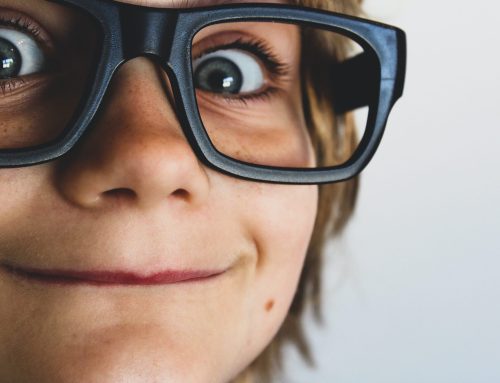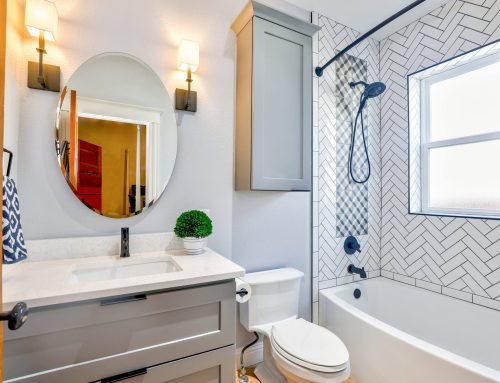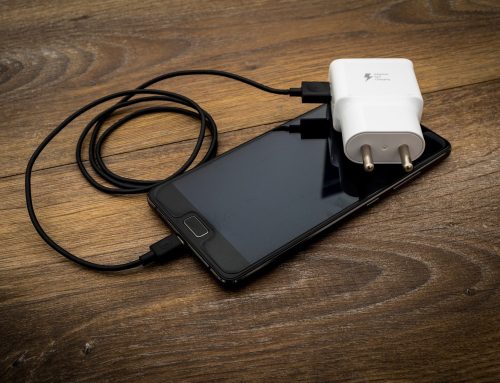Have you ever wondered if you can put your indoor light fixtures and bulbs outdoors or vice versa? It is a common question and one that is simple to answer but often overlooked. While outdoor lighting and bulbs can almost always be used indoors, taking indoor lighting outdoors is much more risky. There are a few ways to make sure you understand what bulb to buy for each location in your home and how to keep your home as safe as possible.
UL Ratings Explained
The first thing you can look for when buying a light bulb is the UL rating or listing. UL, which was formerly Underwriters Laboratory, listings or ratings are often required on packaging and is responsible for the testing of bulbs and certifying where they can be used safely. Improper placement of bulbs throughout your home is a fire hazard.
-
UL Rating for Dry Areas
This UL rating is used for places indoors where there is virtually no way for the area to receive moisture. Often this is just listed as “UL Listed” on packaging as it is the basic bulb for areas in the home. These bulbs can be used in living rooms, bedrooms, dining rooms, etc.. Anywhere that is completely dry, it is safe to use this bulb. Using a UL Listed bulb in a wet location can cause the lamp or light fixture to stop working. Even worse, it is a fire hazard to use a UL Listed bulb for dry areas in any sort of wet location.
-
UL Rating for Damp Areas
This rating is for those locations that are covered and protected from the elements of outdoors, but are still in locations that are likely to get condensation on them. Indoor examples of where these bulbs would be located is the bathroom, indoor pools, covered porches, and patios. The most important thing to note is that if the location of the lighting will ever come in contact with outdoor elements, it needs to go up a UL listing.
-
UL Rating for Wet Areas
If you have an area that could directly receive any type of moisture, a UL rating for wet areas is necessary. The nice part about this rating is that if you get this bulb, it can go almost anywhere outdoors. Most common places that you would use a UL rating for wet areas would be on open porches, decks, path lighting, as well as any type of decorative lighting around the home exterior.
-
UL Rating for Underwater Areas
Because the UL Rating for wet areas is not completely waterproof, there is a different rating for lighting that is safe to use underwater. These areas would include pools, aquariums, jacuzzi, etc..
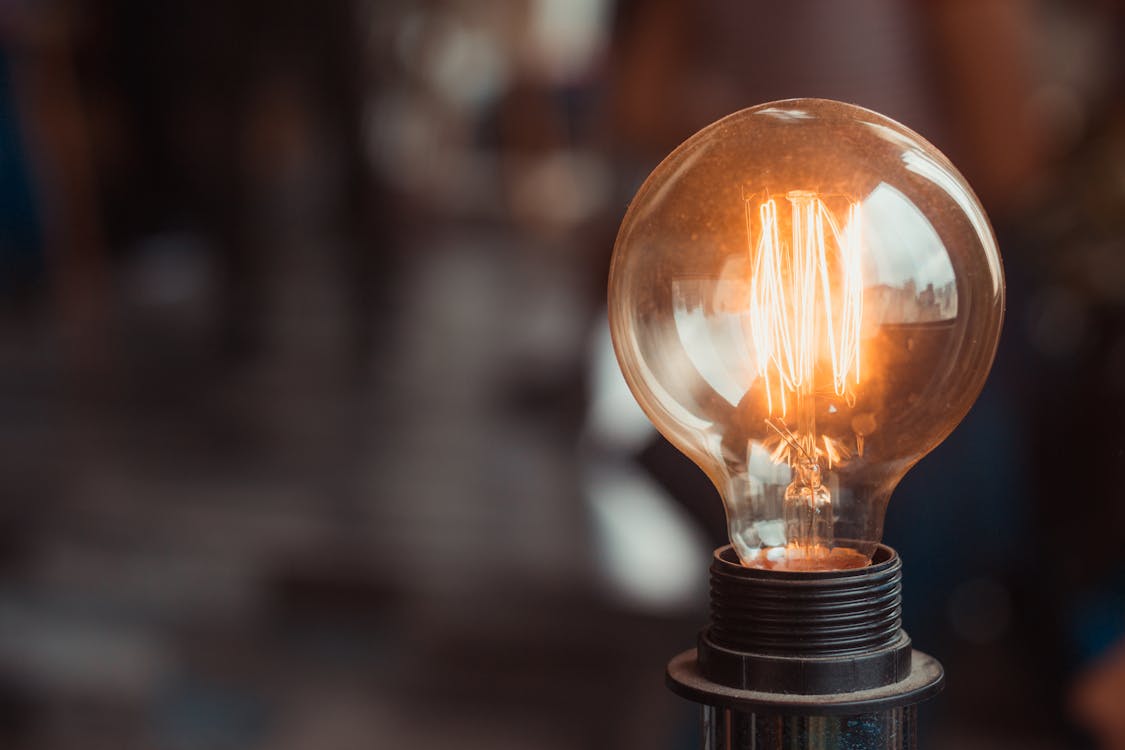
Temperature Considerations
Another quality that you should consider when picking the right bulb is the temperature it will be exposed to. Any light fixture inside is typically only exposed to a certain temperature range. Outdoor fixtures and bulbs may be exposed to extreme cold or heat depending on where you live and where the light fixture is located. Make sure you read the label for any bulb you are wanting to place outdoors to see if it can withstand the temperature range, especially living in the Midwest.
Outdoor / Indoor
Typically, any outdoor bulb that you would purchase should be safe to use indoors. The bulbs are stronger and made to withstand more than your living room will likely expose it to. Trying the other way around gets dangerous and should be avoided. Any indoor light bulb and fixture should not be used outdoors. If you would like to try one, be sure to read the specifications of the fixture and required bulbs to make sure it will be safe in the area you plan to put it.
Ultimately, this can be overwhelming! Lux Electric is the expert in this area and can lead you in a safe direction. These questions are common and often come during times of renovation or adding new lighting fixtures outdoors. Reach out to us today to discuss how we can help you through this process.
